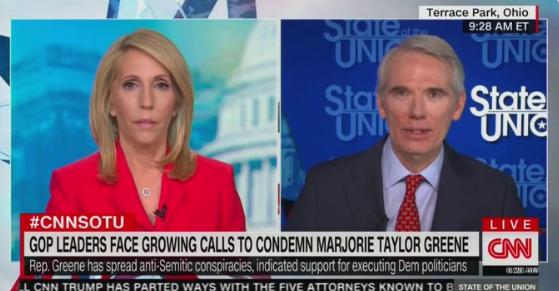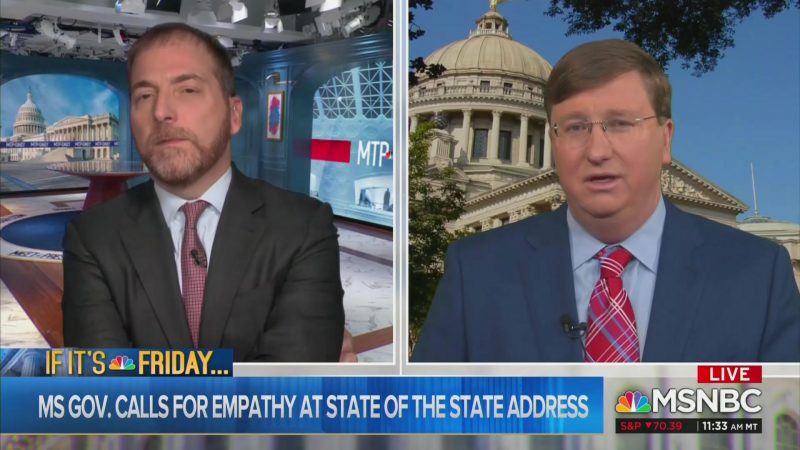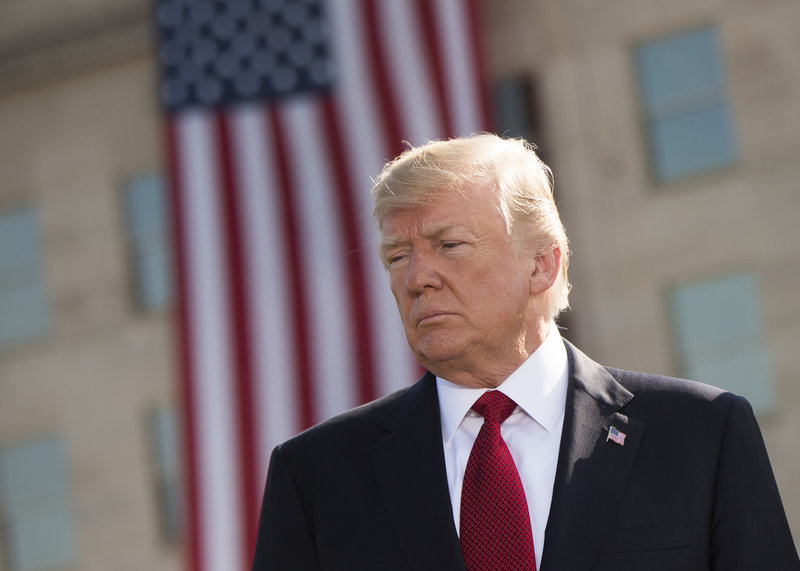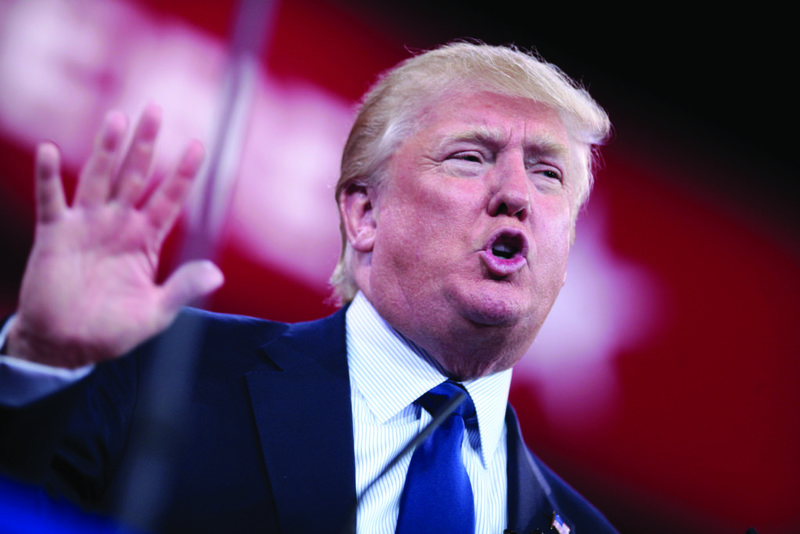Trump Claimed He Will Create 25 Million Jobs: He Won’t And He Can’t

America’s media needs to spend more time in the political weeds.
Our media does every citizen a disservice with its obsession with short, unsubstantiated sound bites regarding the horse-race of polling. Our media does not adequately discuss in depth the policies that whole political parties or individual politicians put forward, and this allows entire presidential campaigns to run on partisan ideological talking points in lieu of facts or realistic evaluations.
Campaigns like Donald Trump’s campaign, which revolves around vague, empty promises of fabulousness, greatness, and best-ness without any accompanying specifics.
The perfect example is Trump’s recent claim that he will create 25 million jobs. This may be a feel-good talking point, but there is absolutely no critical thinking that went into it or followed it.
This promise is a wholly arbitrary number that Trump pulled out of his ass because it sounds good, and, in typical Trumpian fashion, he has failed to give any explanation for how he might promote such magical job growth.
Let’s think about this for a minute, because Trump’s supporters will not. Neither will the media analyze it. Right off the bat, the official number of straight up unemployed people is just under 8 million people, so where might Trump find people to take the remaining 17 million jobs he promises to create?
Don’t forget that Trump wants to cut back on immigration and deport millions of illegal immigrants back to Mexico. That’s going to open up, presumably, millions of new jobs, too. Are these jobs included in Trump’s 25 million figure? Or are we now looking at 30 million+ open jobs because Americans will be able to obtain all those illegal immigrants’ jobs as well? It’s important to keep in mind here that most jobs held by illegal immigrants are typically very low paying, many below the national minimum age. Does Trump’s plan call for Americans to accept jobs that pay less than the minimum wage?
Also, Trump should be a little more clear about what kind of jobs he’s supposedly going to create. Which industries will Trump be promoting or focusing on? Certainly Trump ought to tell us ahead of time so that we can adequately prepare for this job bonanza. For example, do these jobs require low-skilled labor, or are they technical jobs that require years of schooling and specialized training? Are they full-time or part-time jobs? Seasonal jobs? Again, are they minimum-wage jobs? Because traditionally there are whole industries of low-paying jobs that Americans have historically not wanted to have—hence the boom of illegal immigration in the first place that opportunistically filled those jobs. These questions matter, and Trump has not begun to elaborate on any of them.
Just for argument’s sake, though, let’s say that we take that number of 8 million unemployed Americans and add to it the about 6.5 million people who currently have part-time jobs and want full-time jobs. When those 6.5 million people get their full-time jobs, new workers will have to come and take the jobs they are leaving because America’s businesses still need that work to be done. So if Trump is creating 25 million new jobs, and 6.5 million people leave their current jobs for the new ones, America would then theoretically still have 25 million job openings for the 8 million unemployed people. We would have more than three times the number of jobs available for the number of people actually looking for them! Uh oh.
Next, let’s include the 6.5 million people or so (it’s hard to figure out this statistic exactly) who have given up on finding a job. This gives us 14.5 million people looking for 25 million jobs, which means in our rosy projection of Trump’s supposed job growth we will still have 10 million more jobs than job seekers. However, we are still entirely ignoring the millions of Mexican deportees whose jobs will be freed up in the market once Trump’s deportations begin in earnest. Trump’s economically destructive deportation plan could deport up to 11 million people, which sounds like a lot of great job opportunities for Americans until you remember that so many of these jobs pay at or below the minimum wage level.
This is just some basic math based on what Trump has been saying, and the math simply doesn’t add up. In fact, it makes no fucking sense at all, but such wildly unrealistic talking points may just get Trump elected. The media is doing everyone a disservice by not evaluating what his proposals actually mean because simple math and critical thinking suggest he is just making things up.
But where are Trump’s new jobs coming from in the first place? Let’s take a minute to analyze how Trump could actually go about creating these 25 millions jobs. As the leader of the executive branch of government, can a president actually and directly influence job growth like that?
Well, for starters, Trump could in theory order a hiring frenzy in each of the executive branch’s 15 departments to hire millions of people to work for the government, but Congress would have to be involved to authorize that much money in the budget to pay for those workers. I imagine that this will not sit well with the Republican Party, which routinely and impulsively calls for cutting many of these departments. Trump’s own party certainly will not allow him to dramatically increase the size and cost of the federal government, so this route to creating 25 million jobs is off the table.
Trump could in theory just hire all these governmental workers and not pay them, which is of course more in keeping with his long history of not paying people for their work and his tendency to screw people over: Trump University. Unfortunately for Trump though, most government jobs have some kind of basic pay stipulated by law with certain benefits, retirement options, incremental pay raises, etc., so I think this option is out.
Another way in which Trump could help influence job growth is through working with Congress to help get money moving through the economy, and there are two big ways to do this. Option one would be to have a big stimulus package in order to take federal money and inject it into the economy by funding any number of projects ranging from infrastructure, research and development, to you name it. But, since we currently have a lot of debt and our budget is still in the red, any stimulus money would likely be opposed by the Republican Party, which has spent all of modern American history railing against any government intervention in the economy at all, so this is unlikely. The stimulus packages from both Presidents George W. Bush and Barack Obama were successful in dragging America out of the Great Recession faster than the rest of the world, but don’t bother trying to convince Republicans of that.
Option two would be to pass tax cuts, which is what Trump is currently proposing. By cutting taxes, people would have more money left over at the end of the year, which they could then spend on goods and services to help boost the economy. Unfortunately, this is problematic for a couple of reasons.
The first reason is that, historically, tax cuts have not helped boost the economy with sustainable growth. America’s experience with tax cuts has involved grandiose statements promising their magical powers, followed by an almost immediate collapse of budgeting allocations, and then, consequently, drastic spending cuts (see Kansas, Wisconsin, Louisiana, and the Ronald Reagan and George W. Bush Administrations). Tax cuts halt the normal base level of governmental stimulus via budget funding of various programs (hey, that’s option one!) and negates the value of the tax cuts by making any economic situation even more dire as bureaucrats scramble to figure out how to keep the government functioning despite the sudden drop in funding.
The second reason is that tax cuts do not go very far when spread over America’s 124 million households. The government has to spend a ton of money to effectively operate at its size to fund the programs our budget honors, while simultaneously ensuring that we pay off our debt interest payments. Giving 124 million or so tax cuts dramatically reduces the taxes that the government collects. Ultimately, the average American family will only receive several hundred dollars off their taxes because the government can neither give everyone all their tax money back nor operate with the sudden loss of hundreds of billions of dollars in tax revenue. This is why tax cuts are always followed immediately by epic budgetary headaches.
So suppose we do take this route, what will the effects be? Well, historically Americans use their tax refund money to repay credit card debt or other loan payments, thus giving most of America’s recouped tax cut money straight to banks and other loan institutions. Some Americans spend their tax cut money on big, expensive material things that they want, but the reality is that so much tax cut money gets spent unwisely that tax experts actually suggest that tax cuts (if politically necessary) come in the form of decreased monthly federal withholdings throughout the year rather than lump sums at the end of the tax year. Tax cut money is spent more effectively this way, rather than encouraging citizens to blow it all in a few big purchases or lump loan repayments all at the same time.
But, for the sake of the argument, let’s assume that every American household does actually spend all of their refund money on material things, and transfers tax cut money to America’s businesses. Is this going to drastically boost the economy? Sadly, no, because that’s not how our economy works. While 134 million households buying goods and services in all the stores around America would show some teensy results by inching GDP growth up for that single solitary quarter, it would not help at all long-term. Most of the money received for, say a tv, goes to paying for the price of the tv itself, paying for the company’s overhead, and for employees’ hourly wages. The rest of the money—the actual profit—then goes to the investors and stockholders of the company, who generally keep that money and don’t really recycle it back into the economy.
(It’s important to note here that Republican tax cuts proportionally always give the most money back to already rich people, and already rich people never spend all the tax cut money they get, if any. The whole purpose of a tax cut is to increase consumer spending, so its counter-intuitive that Republicans allow such a disproportionate amount of tax money to be returned to the rich, who already have more money than they can spend—since they are rich. Tax cuts work as economic stimulus when given to poor and middle class people because these economic classes tend to spend almost every dollar they ever receive—inherently, because they’re not rich. Rich people tend to just pocket the tax cut money because they didn’t need it in the first place.)
More importantly, one small uptick in the economy for one quarter is not going to grow millions of jobs because everyone would know that any growth in sales that quarter would be temporary and would die down as people quickly spend all their stimulus money. It would be stupid for the market to create 25 million new jobs in anticipation of one month in which most American families have an extra $500 or so to spend, and it’s beside the point because Trump’s promise of 25 million jobs is more jobs than America needs in the first place. It would be strange if the economy created millions of job openings more than Americans needed, and, ironically, such an increase in needed but unfilled jobs would pretty much require a drastic influx of immigration to bring in people to take those jobs. I don’t believe Trump is intending to increase immigration.
But none of this really matters as long as Trump has no idea how he might actually create so many jobs. Republicans would not allow him to create new government-funded jobs, and Trump could try the tax cut option, though America’s economic-political history suggests it would fail and immediately wreck havoc on the budget by allowing rich people to pocket extra, untaxed income they didn’t need in the first place. Trickle-down has literally never worked. All in all, Trump’s claim of creating 25 million new jobs is just pure bullshit.
So thanks media, for not calling Trump on his bullshit claim. Dumb ideas like that, which sound good until you think critically about them, are why Trump might be elected to a job for which he is neither prepared nor qualified.






